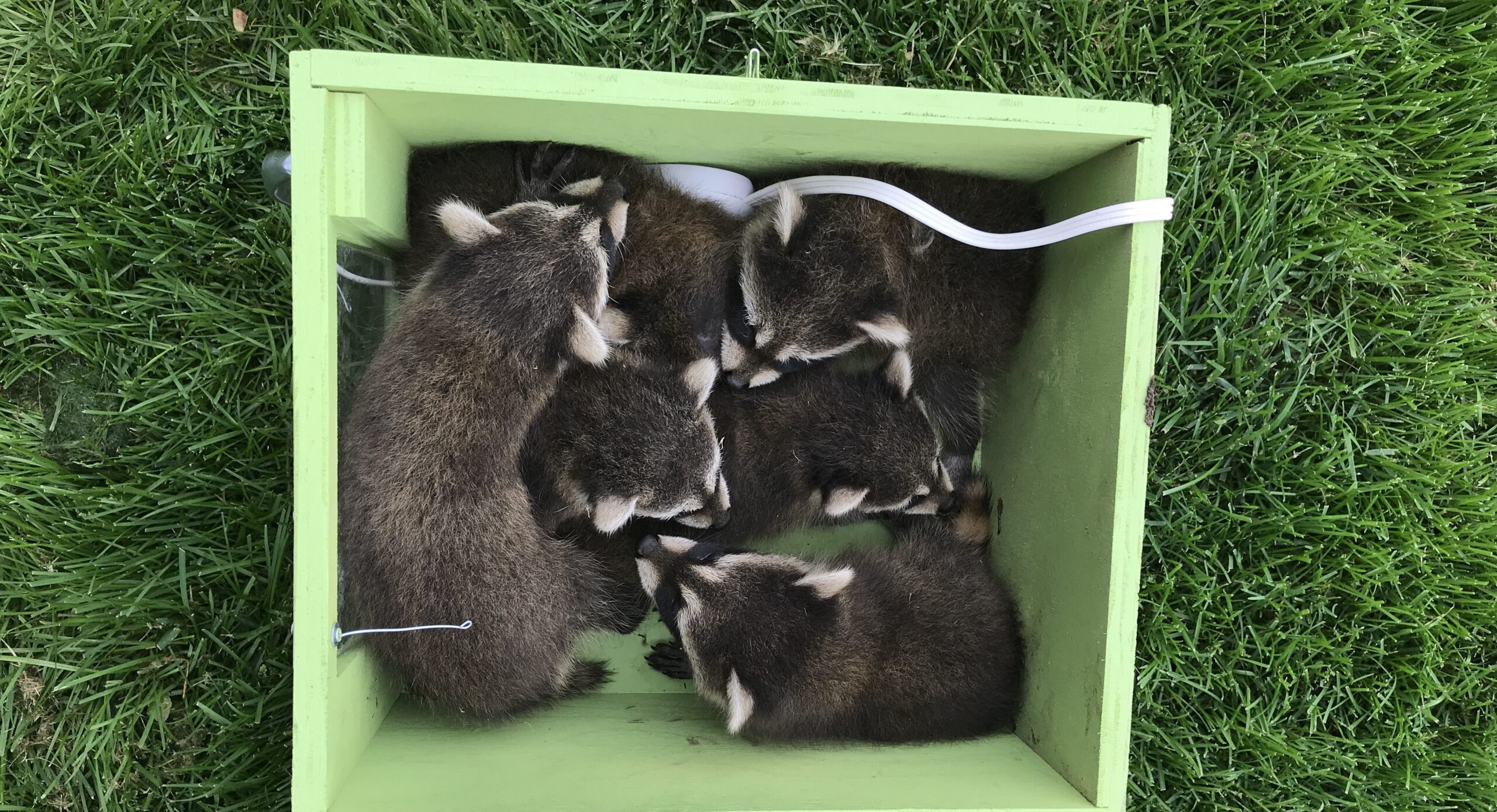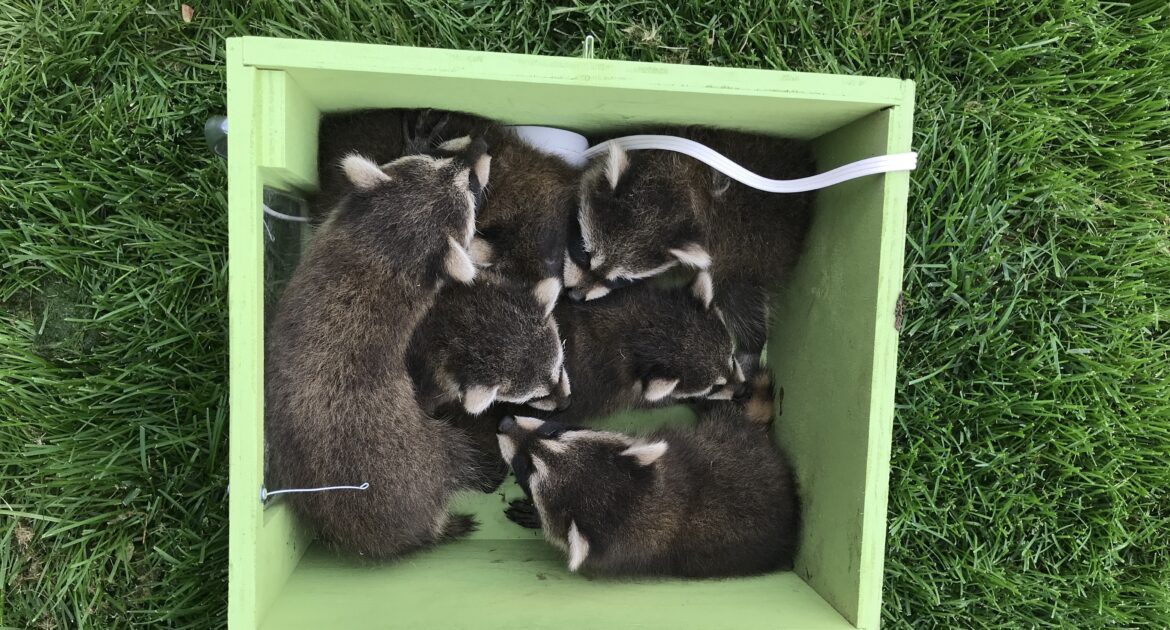In the realm of urban wildlife, raccoons are as cunning as they are charming, scurrying their way through our backyards and into the curious nooks of our interests. While these nocturnal foragers are often spotlighted for their mischievous antics that necessitate professional wildlife removal in Toronto, their familial ties remain a lesser-known facet of their existence.
Remarkably, raccoons share their lineage with the Procyonidae family, which also includes creature cousins like the ring-tailed cat and the cacomistle. These relatives boast similarly dexterous paws and masked appearances, though they each lead uniquely fascinating lives. Understanding the kinship and behaviours of raccoons not only satisfies our innate curiosity but also illuminates why certain environments, particularly our urban landscapes, magnetize them.
Insights into raccoon facts and understanding what attracts raccoons are critical components in addressing their presence and ensuring coexistence with our wildlife neighbours.
Introducing The Procyon Family
Racoons come in seven recognized species, with varying sizes and ranges. Their closest relatives, however, are less boisterous, quite reclusive even, and feature the same endearing masks but not the same devil-may-care attitudes towards human settlements. Who are these elusive family members?
- The Crab-eating Raccoon (Procyon cancrivorus): A species that enjoys the finer things in life, found mostly in Mexico and Central America.
- The Coati (Nasua nasua): Coatis are social animals, living in bands throughout South and Central America, a radically different lifestyle from the solitary North American raccoon.
- The Ringtail (Bassariscus astutus): With a tail sometimes longer than its body, the ‘miner’s cat’ is juxtaposed to the urban raccoon, preferring the calm of rocky cliffs and forests in southwestern North America.
- The Olingo (Bassaricyon): Yet another arboreal species; the Olingo is known for its gliding skills and can be found from Mexico to Ecuador.
In understanding the extended relatives, one gains a comprehensive view of raccoons in their ecological context, shedding some light on their behaviours and role within nature.
The Urban Invasion – Understanding What Attracts Raccoons
Raccoons have managed to carve themselves a niche in our cities, but why are they so successful? The answer lies in their smart and adaptable nature. Here are some insights into the raccoon’s urban survival tactics:
Raccoons are omnivores, which means they can thrive on a varied diet. They’re opportunist scavengers, and this flexible approach to food has seen them thrive where other animals have struggled, adapting everything from plants and fruits to small mammals and birds.
Their scientific name, “Procyon lotor,” comes from their seemingly peculiar habit of rinsing their food. This behaviour is an instinctual response in the wild, washing portions of their meal to remove dirt or unwanted particles. In urban settings, this often presents in raccoons “washing” their food in water sources such as puddles or gutters.
You may find these fuzzy bandits in your backyard, raiding bins, feasting on a smorgasbord of discarded foods. They’re well aware of the human supermarket and take full advantage of these ephemeral re-stocking opportunities.
Habits That Haunt – Nocturnal Nature of Raccoons
Raccoons are primarily nocturnal animals, and their knack for nighttime adventure is well-documented by urban dwellers worldwide. This has a few major implications for their behaviour and how we perceive them:
Being nocturnal creatures, raccoons have a heightened sense of hearing and a strong nocturnal vision. Their homes are often in the trees, making the darkness a natural friend in securing safety and sustenance.
When urbanization pushes into wildlife territory, the altered landscape alters animal behaviour. Raccoons venture forth at night to explore our world after we’ve retreated inside. This is when they scavenge, explore, and establish their territories, sometimes to the chagrin of residents.
Procyon Predicaments – The Consequences of Coexistence
While raccoons’ adaptability is impressive, their urban presence isn’t always harmonious. They can become a nuisance, with property damage and potential human-wildlife conflict.
When the elements turn harsh, a raccoon’s ingenuity leads them to seek shelter in attics, chimneys, or beneath decks. Unfortunately, their cozy dwellings can lead to damaged insulation, health hazards due to droppings, and higher chances of coming into contact with humans.
Raccoons are curious animals, and their monkey-like dexterity can lead to them opening trash cans, raiding gardens, and even finding their way into homes in search of food. This can be unsightly, unsanitary, and understandably unwanted.
On the Cusp of Caution – Dealing with Raccoons Humanely
For homeowners, encountering a raccoon, especially one making itself at home in your domain, can be disconcerting. But it’s important to remember that these creatures, like all wildlife, have a place in the grand natural scheme. Here’s how to handle them humanely:
When you spot a raccoon, or evidence of their presence, it’s important not to engage. Keep a safe distance and secure any food or potential nesting areas.
Removing a raccoon on your own can be dangerous and is often illegal due to wildlife conservation laws. Professional wildlife removal services like Skedaddle ensure raccoons are safely and humanely removed from your property.
Once the raccoons are gone, it’s essential to wildlife-proof your home to prevent future invasions. Seal any entry points, secure your trash, and limit food sources to discourage their return.
Enlisting Skedaddle’s Experts for Wildlife Removal in Toronto
Skedaddle Humane Wildlife Control isn’t just a wildlife removal service; it’s an organization built on a foundation of humane practices, scientific understanding, and community integration. When you call Skedaddle, you aren’t just getting rid of a pest; you’re ensuring the safety and well-being of both the wildlife and your family. Here’s what sets Skedaddle apart:
- Expertly Trained Technicians: Our staff members are more than mere animal ‘catchers.’ Each technician goes through rigorous training, educating them on wildlife biology, behaviour, and best removal practices.
- Innovative Techniques: Skedaddle uses cutting-edge technology and innovative practices to safely remove animals from any location, ensuring minimal stress on the animal.
- Ethical Edge: Our approach is always firmly rooted in ethical treatment of wildlife. We respect the role these animals play in the environment and operate within the laws of nature.
- Customer Care: We’re homeowners too, and we understand the unease wildlife encounters can bring. Skedaddle provides top-notch customer care, ensuring you’re kept informed every step of the way.
Raccoons and their kin may carry the reputation of pests, but they are a vital part of Toronto’s unique ecosystem. When their presence becomes a problem, Skedaddle stands ready to provide safe and ethical solutions. It’s time to protect your home, your family, and the wildlife around you. Reach out to Skedaddle and experience professional wildlife control with a humane touch.
Keeping Cozy with Wildlife – It’s All in The Attitude
Remember, it’s not about fearing or accepting wildlife in your living spaces; it’s about understanding and respecting their place in the environment. By observing these nighttime wanderers with newfound insight and guaranteeing the safety of all involved, you create a harmonious coexistence.
In a city like Toronto, where lush greenery meets urban convenience, wildlife encounters are as foreseeable as the sunrise. Procyonids and their ilk make for fascinating study—up close, but not too personal. Understand them, appreciate them from a distance, and if they happen to set up camp in your shed, advocate for their humane removal with the reputable services of Skedaddle.
Animal encounters can be enchanting, mysterious, and sometimes a little vexing. But in the end, it’s all part of the rich mosaic of life, where every creature—regardless of its mask—is an essential brushstroke. Stay informed, stay respectful, and when necessary, call in the professionals who share these same ideals.
Raccoon Removal In Toronto
The raccoon’s antics may provide a chuckle and resigned smile, but when it comes down to ensuring a healthy environment for both man and beast, the matter is not to be taken lightly. The next time you spot a raccoon or any other wildlife neighbour in your corner of Toronto, remember that cohabitation comes with rules. Respect the boundaries, ensure your safety, and always keep in mind that the shared space is just as much theirs as it is yours. With Skedaddle in your corner, you can rest assured that every part of your property ecosystem is well looked after.
Contact us today for raccoon removal in Toronto!




